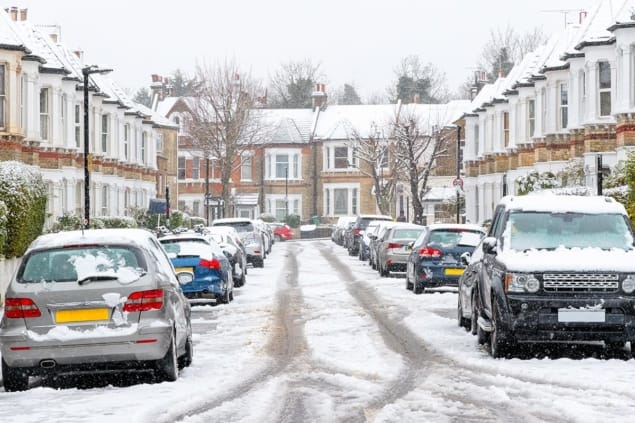
UK gas usage varies hugely from one winter to the next, but the industry typically predicts demand based on historical data. Now, researchers from the UK have shown that seasonal forecasts of atmospheric circulation made at the start of November are a much more skilful method of managing supplies over winter.
When the UK experienced unusually cold conditions in December 2010 and March 2018, extreme gas demand prompted operators to warn of possible shortages, and caused prices to surge. An ability to anticipate such periods weeks in advance could make gas supplies more resilient and dampen price spikes. And the same forecasting technique could potentially be applied to any other sector in which temperature and atmospheric circulation influence supply and demand, for example, wind power.
Because gas is the main source of heating for homes and businesses in the UK, it’s natural that demand rises as the temperature falls. Predict the temperature, you might think, and you should predict demand.
Unfortunately, it’s not that simple. “Successful prediction of the gas demand is a product of two components,” Adam Scaife of the UK Met Office explains: “You need a tight relationship with the weather, but also good prediction skill.”
Although winter temperatures do have this tight relationship with gas demand, over the British Isles they are curiously hard to forecast accurately. “The forecast model has a weak signal-to-noise ratio, so the predictable signal is a small component of the total variability,” says Scaife.

Svalbard freezes as Arctic warms
To find a more predictable proxy for temperature, Scaife and colleagues from the Met Office, University of Exeter, Imperial College London and University of Reading looked at the mean gas demand each winter between 1996 and 2018, and counted the number of days each year that demand was exceptional.
“The industry is extremely interested in those days, because those are the times when the demand can be so high that we start to approach the limit of our reserves for supplying the UK,” says Scaife.
The best candidates for replacing direct temperature prediction relate to large-scale pressure patterns. “The temperatures in the UK from one year to the next are pretty much entirely governed by the atmospheric circulation,” says Scaife. “It’s all about which way the wind blows.”
To make use of this, the researchers produced retrospective forecasts of large-scale atmospheric patterns for each winter covered by the gas-demand records.
A direct forecast of mean winter temperature over the UK was, as expected, an unreliable predictor of both seasonal gas demand and the number of high-demand days. Air pressure patterns over Europe and the North Atlantic, however, had much more predictive power.
A negative phase of the North Atlantic Oscillation – when the difference between the low air pressure over Iceland and high pressure over the Azores is less than usual – corresponded well with both high mean demand and the number of exceptional days. So too did the presence of a pressure gradient across the UK, with high pressure in the north and low in the south.
In previous work, the team identified four regional pressure configurations that were associated with high-demand days. The appearance of similar conditions in the current study’s forecasts was also a good predictor of both mean and exceptional gas demand.
Scaife and colleagues reported their findings in Environmental Research Letters (ERL).



